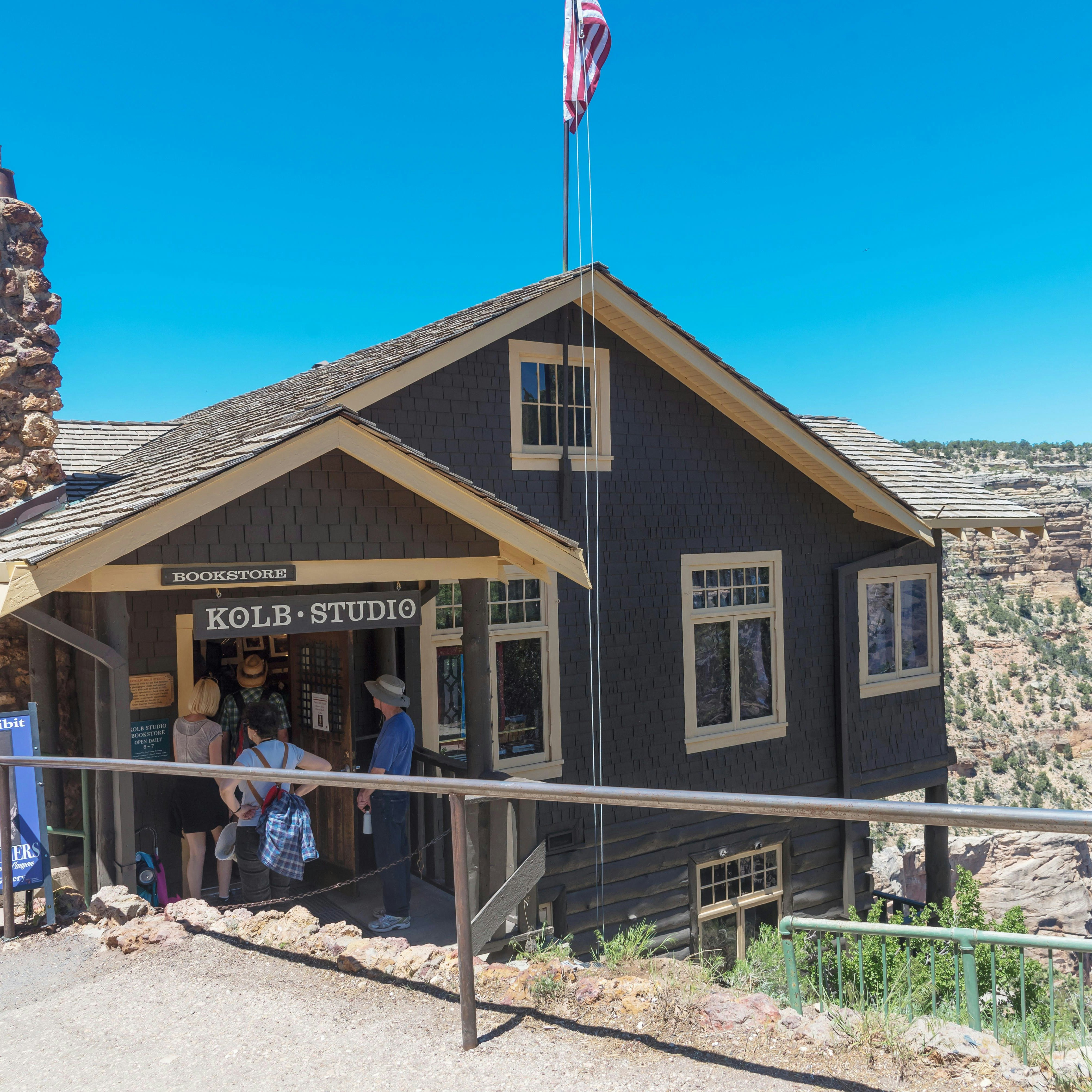

©Sam Spicer/Shutterstock
Overview
Arizona's ancient beauty reminds you that human affairs are short-lived. Navigate the state's many showstoppers by car and you'll never forget the long, romantic miles under endless skies.
Leave the planning to a local expert
Experience the real Arizona. Let a local expert handle the planning for you.
Must-see attractions
Planning Tools
Expert guidance to help you plan your trip
Best Things to Do
Here are the essential trails, rafting spots, attractions and more no visitor to Grand Central National Park should miss.
Read full article
Best Places to Visit
Arizona’s desert landscapes draw visitors from all over the world. Yet the Grand Canyon State offers far more than just stunning nature.
Read full article
Best Time to Visit
Pick the right time for your visit to Arizona with this seasonal guide to what's happening through the year.
Read full article
Transportation
Cars rule the road in the Grand Canyon State, but there are alternatives – here are the best ways to get around.
Read full article
Free Things to Do
Deciding what to see in Arizona can take some planning if you're traveling on a budget. Here are the top free things to do in the Grand Canyon State.
Read full article
Best Road Trips
From major national parks and historic roads to incredible culture and charming small towns, these are the 7 best road trips in Arizona.
Read full article
in partnership with getyourguide






















